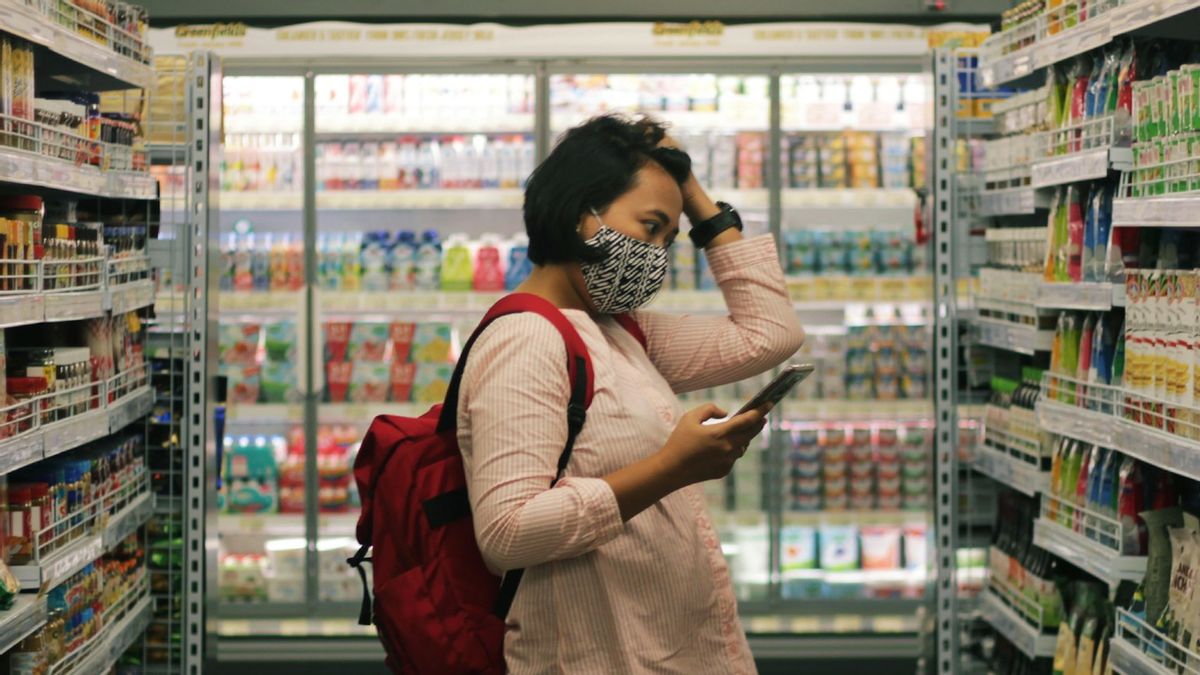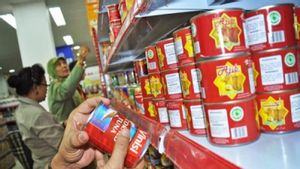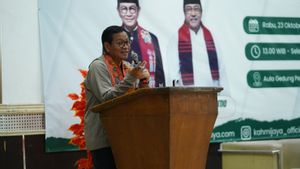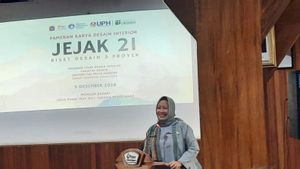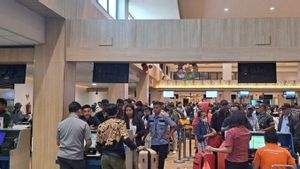JAKARTA - Commission IX of the DPR RI supports the plan of the Food and Drug Supervisory Agency of the Republic of Indonesia (BPOM) which will require the inclusion of nutritional or nutritional value labels on packaged foods. This policy aims to show levels of sugar, salt, and fat (GGL) in food products.
"We support this policy and encourage BPOM to immediately realize this plan. Labeling the nutritional value in food products must be a norm, not just a discourse," said Member of Commission IX DPR RI, Arzeti Bilbina, Friday, September 27.
Arzeti assessed that this policy should have been implemented for a long time so that people can avoid non-communicable diseases which are mostly caused by excesses in consuming GGL.
"The diet is the foundation for maintaining health. We know that most diseases such as diabetes, hypertension, and heart disease can be avoided by regulating a better consumption pattern," said the legislator from the East Java I electoral district.
"So labeling the nutritional content of food must be an non-negotiable requirement," continued Arzeti.
SEE ALSO:
Based on data from the World Health Organization (WHO), non-communicable diseases cause 41 million people to die each year which is equivalent to 74% of all deaths globally.
Every year, more than 15 million people die from non-communicable disease or Non-Communicable Disease (NCD) at the age of 30 and 69, which is 85% of these premature' deaths occur in low- and middle-income countries.
The PTM problem itself is becoming a challenge in the Indonesian health world. Recently, many PTMs have been reported to be experienced by many young Indonesians due to excess GGL, some are even still children.
For this reason, Arzeti hopes that PTM prevention and prevention programs must be further reproduced, including through the nutrition label policy on packaged food products.
"That way, people as consumers can more easily recognize unhealthy food or beverage products because there is a nutritional labelization," he said.
"Public health must be a priority, so that effective labeling is not just a step but must be part of the responsibility of state administrators to ensure the safety and welfare of the community," added Arzeti.
Arzeti hopes that BPOM can quickly complete the study so that the rules for inclusion of Nutri-levels can become an obligation for all processed food products or packaged products.
"The problem of non-communicable diseases in Indonesia is increasingly urgent to resolve. So intervention is needed such as the obligation to label nutrients in packaged food products so that they can become a warning or a reminder for the community," he explained.
Basic Health Research (Riskesdas) of the Ministry of Health showed the prevalence of PTM in Indonesia increased in 2018 compared to 2013. PTM which experienced an increase in prevalence in 2018 included Stroke, Cancer, diabetes mellitus, chronic kidney disease, hypertension and Obesity.
"The nutritional label or nutritional value in food is also one of the efforts to get used to people to adopt a healthier lifestyle through restrictions on GGL consumption," said Arzeti.
The member of the House of Representatives Commission in charge of health affairs hopes that the policy of labeling nutrition in food products will not only be a plan. Even though it will be carried out in stages, Arzeti reminded that this policy must be a concrete step to build public awareness of the importance of a healthy diet in the long term.
"And so that nutritional information is conveyed properly, labelation must use a simple language so that it is easy for the public to understand. BPOM must emphasize to producers not to use complicated or scientific language so that it is difficult to understand," he appealed.
Arzeti also agreed with the plan to use the image as part of the labelization. This aims to make nutritional information through the nutritional value label more attractive and easier for the public to understand.
"The existence of information on the value of nutrition through labeling in packaged food products is intended so that people can calculate the amount of GGL they consume. So it is also important to educate and socialize how to calculate nutrition to the community," concluded Arzeti.
The English, Chinese, Japanese, Arabic, and French versions are automatically generated by the AI. So there may still be inaccuracies in translating, please always see Indonesian as our main language. (system supported by DigitalSiber.id)
